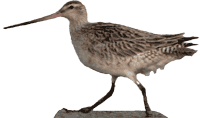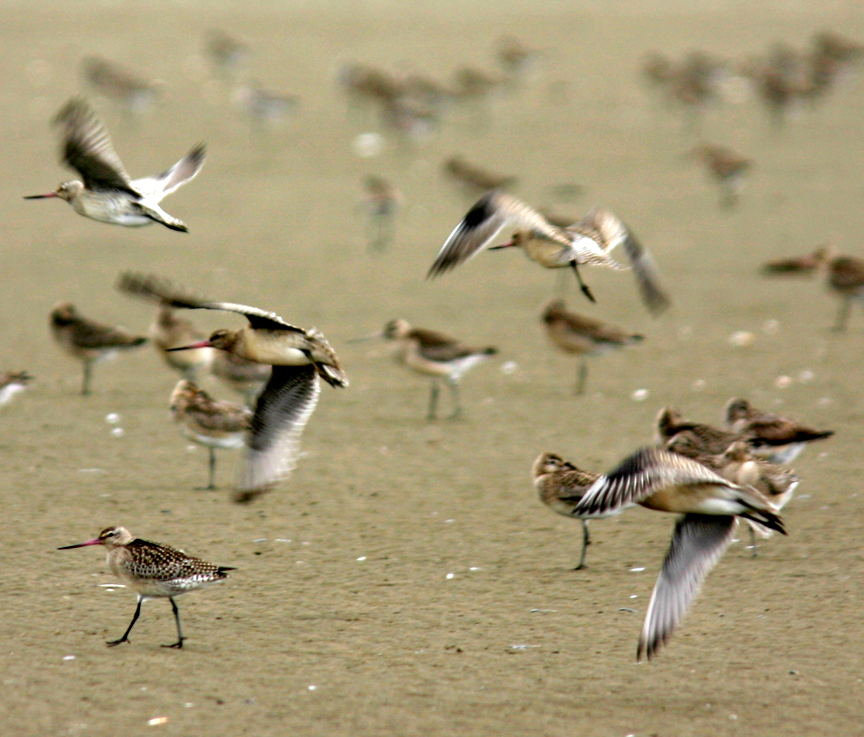- Home
- About S&T
- Taxa/Organisms
- Ecosystems
- Issues
- Methods & Tools
- Reports & Publications
- Location
- Search
2008 | Publisher: USGS | Science Center: Western Ecological Research Center (WERC, Sacramento) | Format: .PDF
www.werc.usgs.gov — Mercury is a contaminant of significant concern in waterbirds because it can accumulate to high concentrations in their tissues and cause deleterious effects such as impaired reproduction. Numerous studies and monitoring programs have evaluated concentrations of mercury in waterbird tissues as an index of risk to exposure. However, no single More...

Publisher: USGS | Format: URL
pubs.er.usgs.gov — This report presents the results of the 2006 International Census of Piping Plovers (Charadrius melodus). Two sets of tabular data are reported: one for distribution and abundance of wintering Piping Plovers, the other for distribution and abundance of breeding Piping Plovers. The winter census resulted in the observation of 3,884 Piping Plovers More...

Publisher: USGS | Science Center: Alaska Science Center (ASC, Anchorage) | Format: URL
alaska.usgs.gov — It is estimated that 100,000-150,000 Bar-tailed Godwits breed in Alaska. Under the US Shorebird Conservation Plan, they are a species of High Concern mainly due to their small population size, threats to their non-breeding grounds (especially at migratory stopover sites in Asia), and their relatively restricted breeding distribution within the More...

Publisher: USGS | Science Center: Alaska Science Center (ASC, Anchorage) | Format: URL
alaska.usgs.gov — This web resource provides information concerning the on-going Research at the USGS Alaska Science Center on birds and avian influenza (bird flu). The site links to quick facts, on-going research, workshop results, monitoring and surveillance, guidelines on how to safeguard against avian influenza, publications and reports, migratory bird More...

Publisher: USGS | Science Center: Upper Midwest Environmental Sciences Center (UMESC, LaCrosse) | Format: URL
www.umesc.usgs.gov — Scientists with the U.S. Geological Survey and the Wisconsin Department of Natural Resources are evaluating a new way of monitoring movements and behavior of common loons. Miniature archival geolocator tags were attached to 18 adult common loons in northern Wisconsin this past summer.

Publisher: USGS | Science Center: Alaska Science Center (ASC, Anchorage) | Format: URL
alaska.usgs.gov — This resource is a life history profile of the Bristle-thighed Curlew (Numenius tahitiensis). The Bristle-thighed Curlew (Numenius tahitiensis) breeds only in North America. Its adult population numbers about 7,000 individuals, making it the rarest of the New World curlews and godwits. It is similar in appearance to the Whimbrel (N. phaeopus). More...

Publisher: USGS | Science Center: Upper Midwest Environmental Sciences Center (UMESC, LaCrosse) | Format: URL
www.umesc.usgs.gov — Little is known about the movements of common loons (Gavia immer) during migrations and on wintering ranges in coastal waters. This information is needed to formulate effective regional and national conservation strategies. UMESC has collaborated with regional partners in the use of satellite telemetry to study the movements of common loons More...

Publisher: USGS | Format: .PDF
pubs.usgs.gov — The Piping Plover (Charadrius melodus) is a migratory shorebird currently listed as Endangered in Canada and the U.S. Great Lakes, and threatened throughout the remainder of its U.S. breeding and winter range. In this study, scientists undertook the first comprehensive molecular genetic-based investigation of Piping Plovers. The primary goals were More...
